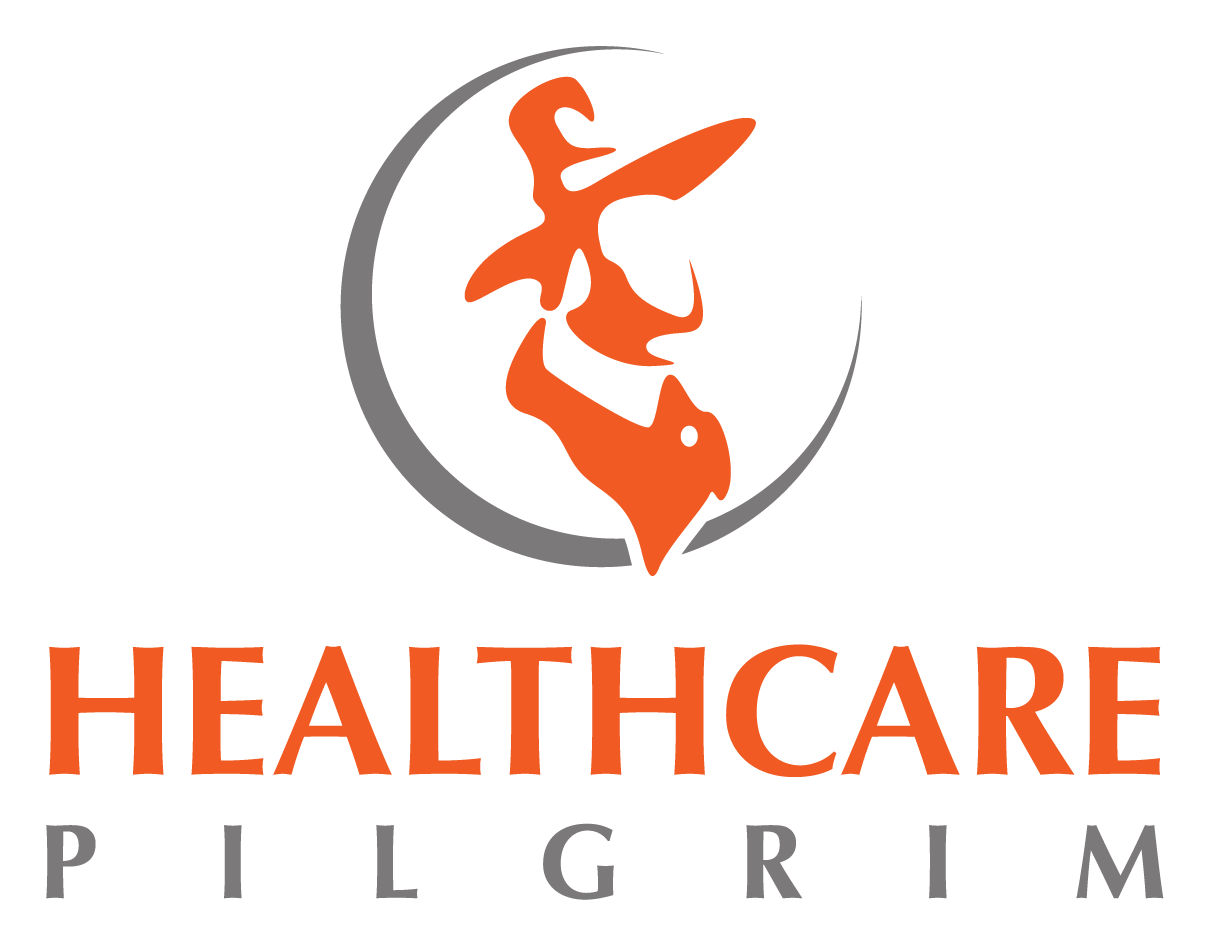Becoming a Medical Science Liaison: A Clinician's Guide of What to Expect (Part 1 of 3)
Over the past couple of years, the "LinkedIn-O-Sphere" has been full of articles on how to break into medical affairs and become a Medical Science Liaison (MSL). The COVID pandemic has only intensified these articles as people look to leave their clinical jobs.
In an attempt to attract clients, recruiters author most of the articles on LinkedIn about how to become an MSL. These articles do an excellent job of supplying information on how to break into the MSL position. Many of these articles are missing the challenges and opportunities new MSLs should expect to face, especially if they have spent most of their careers as clinicians. Over the next couple of weeks, I will be publishing three articles highlighting some of the things that clinicians becoming MSLs should expect if they are fortunate enough to make this career move.
This week's article will clarify why "You do not work for the "Dark Side" as an MSL.
I have never been a fan of referring to the pharmaceutical industry (a.k.a pharma) as the "Dark Side." That's not just because I'm a huge Star Wars fan and find the reference a little blasphemous. Many years ago, as a pharmacy director, I had to help develop and implement a policy that limited pharmaceutical interactions within our health care facilities. I felt it was misguided then and still think the efforts to limit interactions are misguided. While not a topic for this series, I know healthcare systems and pharma can find meaningful ways to collaborate. For those joining pharma, you will have many colleagues question your decision. I never will forget the first time I went to a state pharmacy association meeting after joining pharma. People I had known for 20 years were giving me the "side-eye" and did not seem to want to speak with me. It was disheartening. Here are two reasons to provide a perspective on why you've not joined the "Dark Side."
Reason #1: The realities of "money" are the same.
Two basic rules of "money" apply to all companies regardless of tax or legal status. These rules apply to non-profit, for-profit, publicly-traded, or privately held companies. The rules are 1) Revenue has to exceed expenses and 2) Revenue has to increase at a rate to, at a minimum, cover the increased costs of doing business. I say "at a minimum" because revenue ultimately needs to grow more than that so your companies can reinvest in themselves to succeed. If any corporation goes too many years without meeting these two rules, the business will fail.
Over the past few years, I've seen healthcare provider organizations be a little more transparent about the realities of the cost of doing business. This increased transparency has been a shift. For perspective, when I first started coordinating P&T Committees, we couldn't openly discuss the costs of medications. Though, generally speaking, front-end clinicians are still kept in the dark about the day-to-day financial realities of their healthcare system. To be fair to healthcare executives, not having the front-end clinician worried about the finances is done with the best intentions. If a patient is coding in the ICU or crashing in the trauma bay, the last thing we want the team concerned about is how much money they are spending on supplies to save a life. When you work in a corporate setting, you will hear open and candid discussions about finances. Initially, this can be shocking and uncomfortable if you've never been part of frank financial discussions. Rest assured, the same discussions took place in your healthcare system behind closed doors. As a front-end clinician, you were rarely privy to them, and it wasn't always clear how you contributed.
Reason #2: Clinically-trained professionals don't own the monopoly on caring for patients.
I interviewed for a regional sales job with a prominent healthcare analytics company many years ago. Somehow, I made it to the final round of interviews. One of the last people to interview me was a sales manager that was an accountant by training. In 20+ years of working in healthcare, I've only met a few other people as honestly passionate about patient care. Through a series of life events, she knew she would never go to medical school or become a nurse. Yet, she always knew she wanted to help patients. Her story has stuck with me over the years. The technology her company sold allowed health systems to improve the lives and clinical outcomes of hundreds of thousands of patients. The pride she had in the work their company did and how they could do even more to improve patient care motivated her as much as any clinician I've ever met. I interviewed for that job a couple of years before joining pharma as an MSL. In almost six years in pharma, I have met many more non-clinically trained people that share the same passion for patient care as the person I met several years ago.
As clinicians, we have spent several years and made many sacrifices to get through our training. After all of that training and sacrifice, it is easy to let our egos get the best of us. It is easy to tell ourselves that we are the only ones who care about patients. We have rarely, if ever, thought about other ways to use our training to help patients.
Becoming an MSL is very rewarding. You can positively impact patient care in many ways you never knew possible. Initially, the challenge will be developing a comfort level with the candid financial discussions and overlooking the feedback from your previous colleagues that you've joined the "Dark Side."
In my next article, I'll cover the advantages and disadvantages of giving up the "Pigeon-hole."

